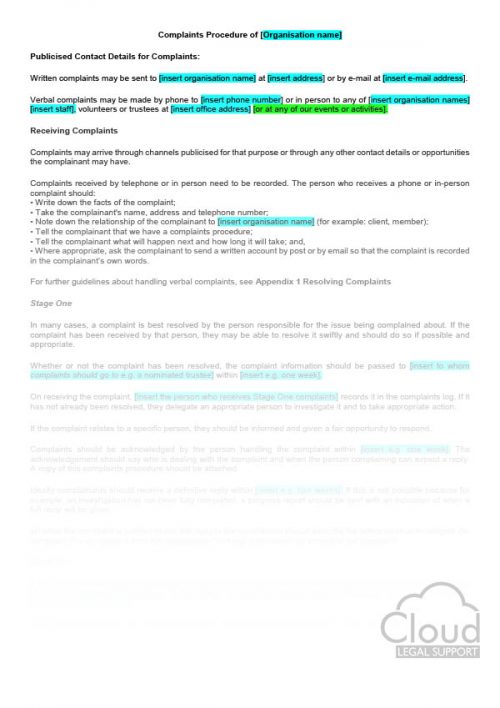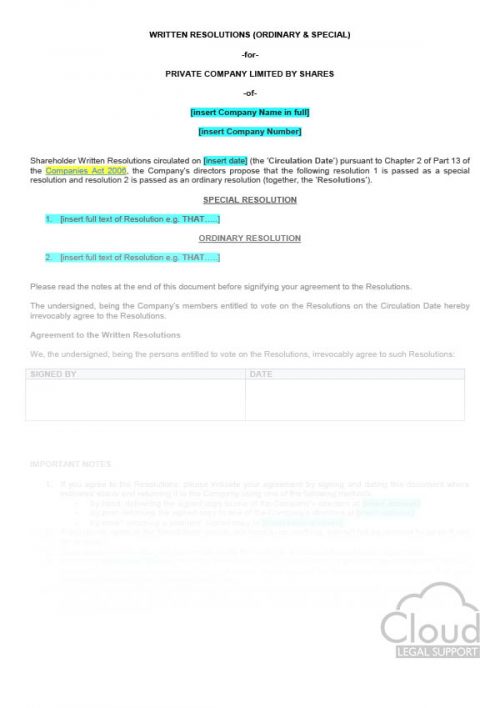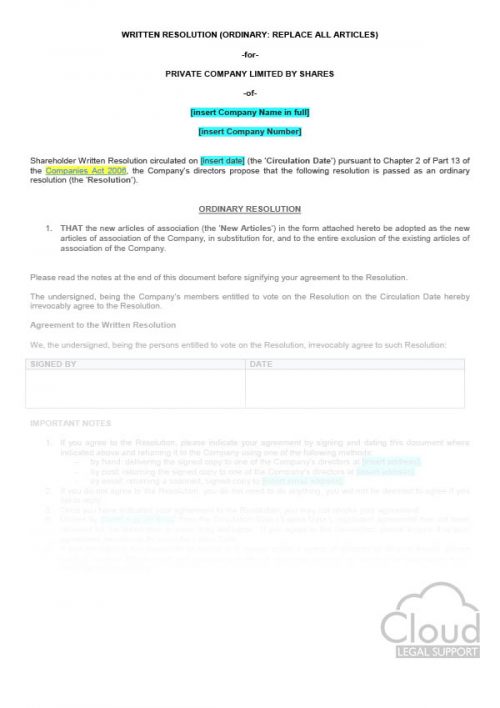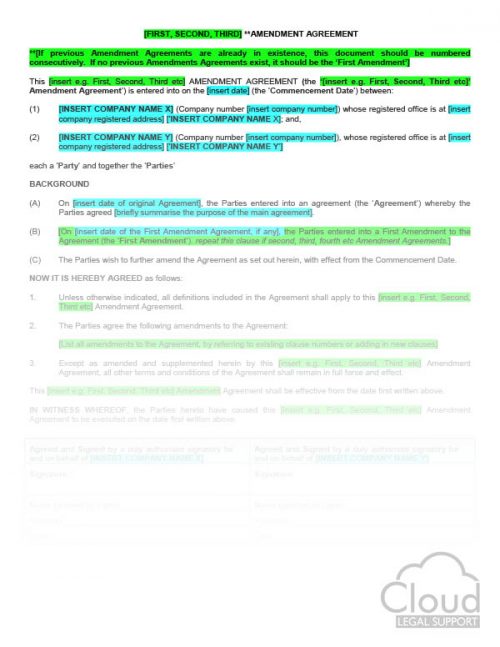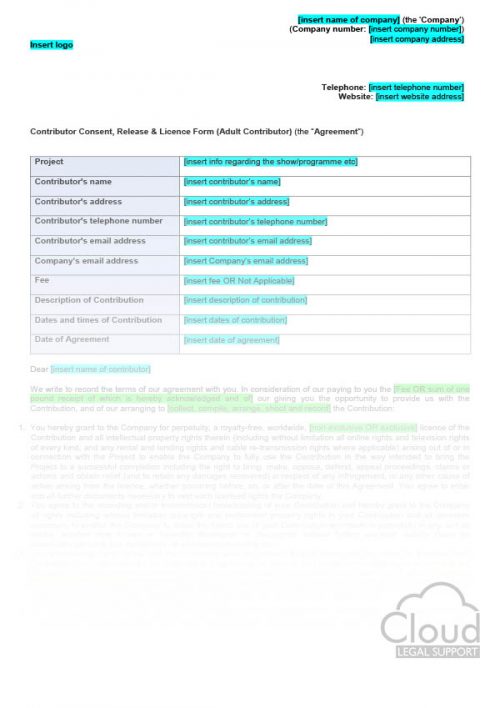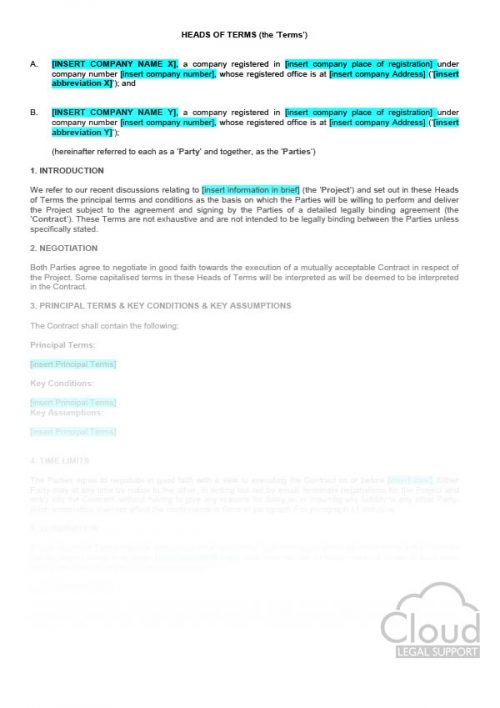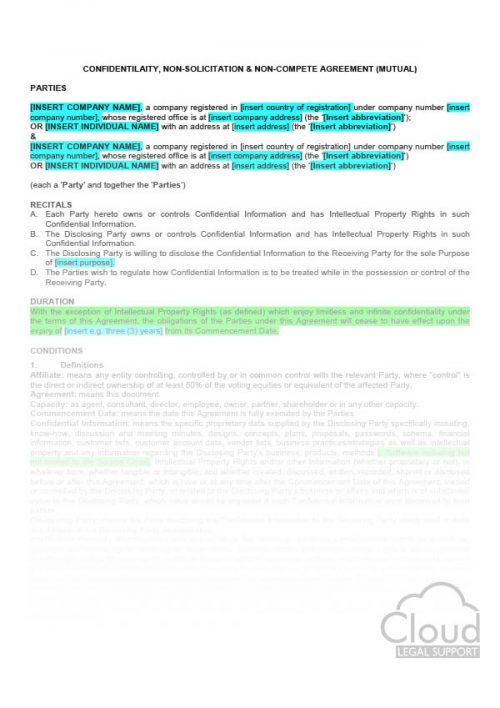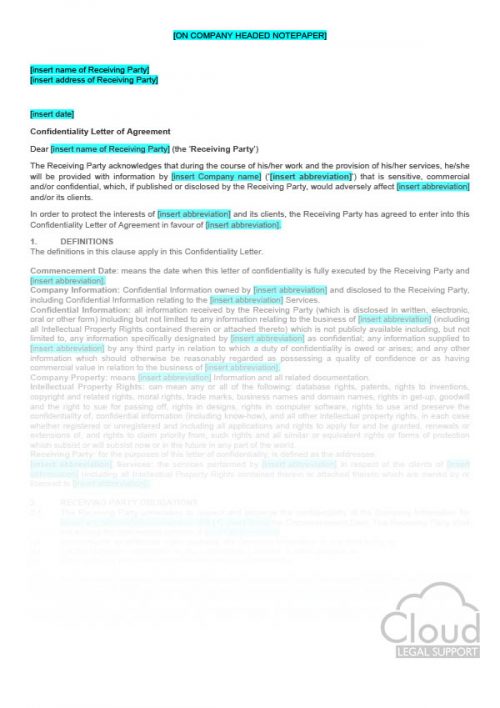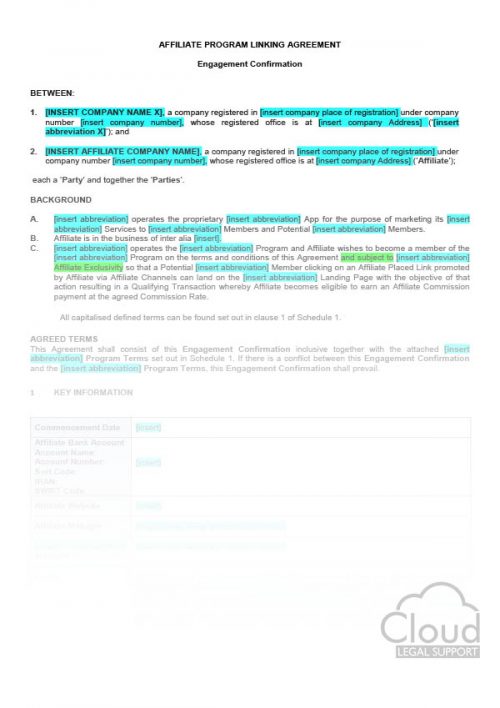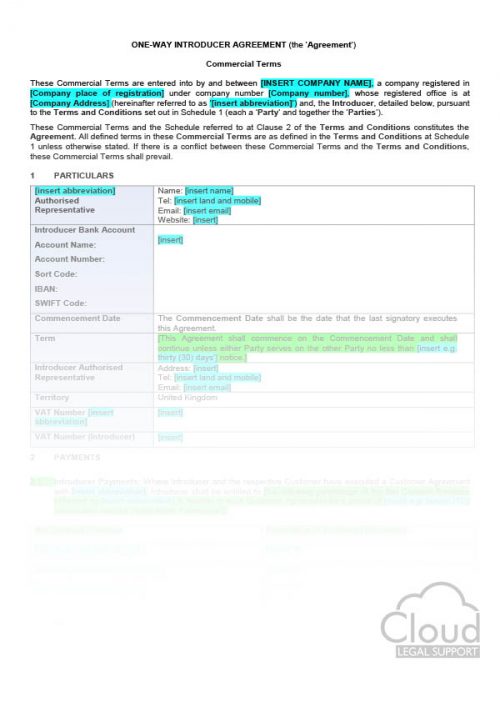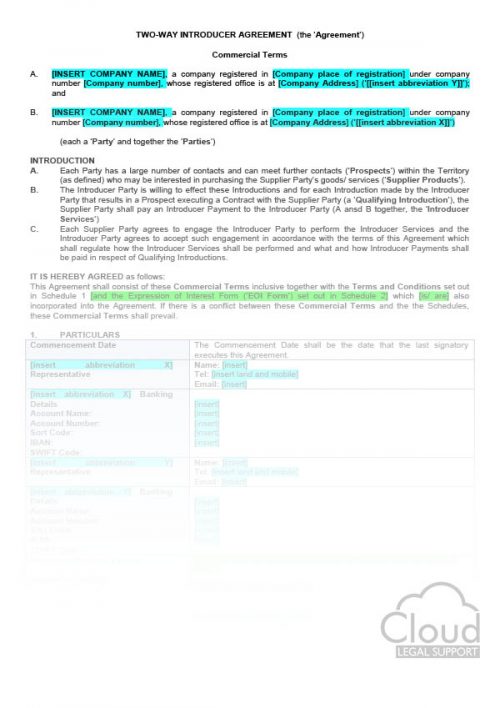-
To be used to give formal written notice of termination of a contract where there has been no breach and the party wishing to terminate simply wants to exercise its right to terminate in accordance with the termination provisions provided in the contract.
-
To be used to given formal written notice of termination of a contract where the other party has breached the terms of the contract.
-
To be used in the context of the sale and purchase of the entire issued share capital of a private company, where the buyer requires some (or all) of the target company's directors to resign on completion of the transaction. This is a common requirement in UK transactions, as the buyer will usually want to replace the current directors and/or company secretary with its own. A letter of resignation by a director of a company includes an acknowledgement that the resigning officer has no claims outstanding against the company and a waiver of any claims that may exist. Filing: Notice of the resignation must be given to the Registrar of Companies within 14 days (section 167 of the Companies Act 2006). The relevant form to use for this purpose is Form TM01.
-
This document is used to set out how a business will handle any complaints it receives. It is envisaged that this document will be used internally by staff and will guide and inform them as to how to manage any complaints and what process the company will follow should they receive any complaints from customers.
-
This document will be customer facing and will be provided to customers who wish to make a complaint explaining how one can make a complaint and what process the company will follow in order to resolve the complaint.
-
This document is used to pass ordinary resolutions which require 51% of shareholders votes to pass. It can be used to pass more than one ordinary resolution at a time. It should be sent out to shareholders for them to return indicating their agreeance with the resolution. Where a resolution needs to be passed by special resolution (more than 75% of shareholders votes) then Private Company Resolution (Special) should be used.
-
This document is used to pass special resolutions which require 75% of shareholders votes to pass. It can be used to pass more than one special resolution at a time. It should be sent out to shareholders for them to return indicating their agreeance with the resolution. Where a resolution can be passed by ordinary resolution (more than 51% of shareholders votes) then Private Company Resolution (Ordinary) should be used.
-
This document is used to pass both an ordinary and a special resolution. It can be used to pass more than one of each type of resolution at a time. It should be sent out to shareholders for them to return indicating their agreeance with the resolutions. Where only ordinary resolutions are being passed (more than 51% of shareholders votes) then Private Company Resolution (Ordinary) should be used. Where only special resolutions are being passed (more than 75% of shareholders votes) then Private Company Resolution (Special) should be used.
-
This document is used to where an ordinary resolution is being passed to change one article of the company’s articles of association. Where all of the articles are being changed, a Private Company Resolution (Ordinary to replace ALL Articles) should be used.
-
This document is used to where an ordinary resolution is being passed to replace all of the articles of association of a company. Where only one or two articles need to be changed, a Private Company Resolution (Ordinary to change one Article) should be used.
-
This agreement should be used to change a pre-existing agreement between two parties. Sometimes parties to a contract want to make amendments to that contract at various points. Common causes for amendments are things like changes to pricing structure, changes to relevant law, variations of or additions to party obligations and if the parties want to extend the contract beyond the original agreed duration.
-
For use when asking an adult to provide the Company with a Contribution whether that be an interview, a photo, other copyright materials or some other Contribution. By signing this consent form the Contributor is giving their permission for their Contribution to be used for the Project (as defined). The Contributor is also agreeing that the Company will own the full legal rights in and to this Contribution (in law, this is called assigning (as opposed to licensing)). This means that the Contributor has given their permission to the Company to do as it wishes with the Contribution. The Contributor shall not claim copyright ownership in respect of the Contribution nor any royalties arising out of the Company’s use of the Contribution.
-
For use when asking an adult to provide the Company with a Contribution whether that be an interview, a photo, other copyright materials or some other Contribution. By signing this consent form the Contributor is giving their permission for their Contribution to be used for the Project (as defined). The Contributor is not giving away its full legal rights in and to this Contribution (in law, this is called assigning). Instead, the Contributor is granting a licence to the Company. This means that the Contributor has granted certain licensed rights to the Company in respect of the Contribution and the Contributor shall retain copyright ownership.
-
To be used when a business is conducting a prize draw. This agreement sets out the terms that the draw will be conducted under, entry criteria and any exclusions or restrictions.
-
For use when three parties are providing each other with information that is confidential and of a sensitive/ commercial nature. By signing this agreement the recipient person or company is agreeing that they will not use any such confidential information outside the scope of the agreement to their advantage either by competing directly with the other party or by approaching the other parties’ clients in an attempt to obtain their business.
-
This document should be used where two parties have begun negotiations but haven’t entered into any formal agreements. They are used to outline the terms of a commercial transaction where certain terms or aspects of the deal have been agreed in principle during initial discussions or negotiations. These Heads of Terms are not legally binding (unless expressly specified) and neither party is compelled to enter into an agreement on the terms in the Heads of Terms, or at all.
-
For use when you are providing a person or company (e.g. an IT contractor or web developer) with your information that is confidential and of a sensitive/ commercial nature. By signing this agreement that recipient person or company is agreeing that they will not use any such confidential information outside the scope of the agreement to their advantage either by competing directly with you or by approaching your clients in an attempt to obtain their business.
-
For use when two parties are providing each other with information that is confidential and of a sensitive/ commercial nature. By signing this agreement the recipient person or company is agreeing that they will not use any such confidential information outside the scope of the agreement to their advantage either by competing directly with the other party or by approaching the other parties’ clients in an attempt to obtain their business.
-
This letter of agreement should be used in situations where one company engages the services of another party in the capacity of an employee, consultant, intern or similar and that as a result of this engagement this party will have access to confidential or sensitive information belonging to the Company. This agreement sets out the understanding that the engaged party will not use the company’s confidential information to their own benefit.
-
This agreement should be used where a company agrees to pay a marketing Affiliate which has joined its affiliate program network, an Affiliate Commission payment at the agreed Commission Rate where that Affiliate promotes the company’s products and/ or services online and those promotional activities result in a potential customer clicking through to the company’s website where the purchase can be completed resulting in a “Qualifying Transaction”. This agreement relates to the sale and download of an App but it can easily be tailored to relate to something else. Companies normally affiliate when an arrangement is agreed to work together for their mutual benefit. One company might have a product or service that would compliment the product and service of another company. Rather than trying to compete against each other, it may make sense for both companies to agree to work together in order to maximise profit to be shared between them.
-
-
To be used when a business is referring new customers to another business. This sort of arrangement is common where a business’ customers may benefit from the services offered by another business. The business may direct (or introduce/ refer) the customer to that business and claim a fee for doing so. This agreement sets out how the arrangement will work. Fees payable are contingent upon the Prospect contracting with the Company as a result of the Introduction made by the Introducer.
-
-
This agreement is used when a business Customer is ordering services to be provided by a Company. The agreement sets out what services are being ordered and on what terms.




